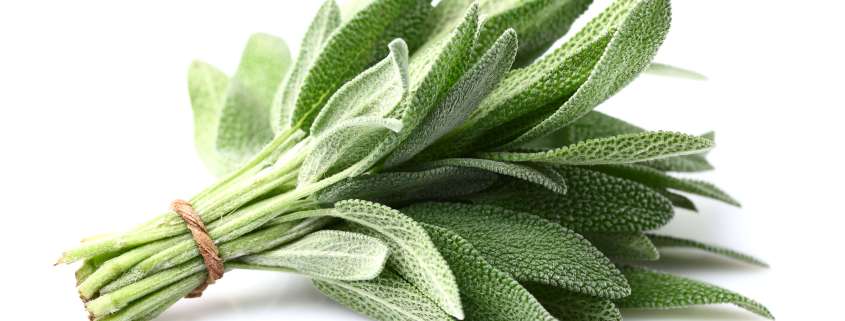Kitchen Herbs: Sage
In my opinion, sage is a much undervalued herb. It’s Latin name ‘Salvia officinalis’ gives us a clue as to its healing properties – ‘salvia’ is derived from the Latin salvere, to be saved, and ‘officianalis’ means medicinal.
My top tip for sage: A gargle simply made by pouring boiling water on dried sage and allowing it to infuse is very effective for sore throats, taking away the pain almost immediately. As it is antiseptic, it also treats infections. Use 2 or 3 heaped teaspoons to a mug of boiled water and infuse until the water is cool (dried sage is much more effective for this than fresh – if using fresh you’ll need a lot more, as much sage as you can fit into the mug!)
Sage tea, made with fresh or dried sage, is a useful tonic. In Chinese medicine terms sage is a Qi tonic and helps to clear Dampness. It is thus especially useful for people who feel tired, lethargic and heavy. It helps to clear phlegm on the lung or in the nasal passages, so is very good if you have a cold.
To make a sage tea use 1 teaspoon or so of the dried herb, or a small handful of fresh leaves. Cover the cup or mug while brewing so you don’t lose the volatile oils – the lidded Chinese cups are perfect for this.
Sage is also known to regulate sweating and has traditionally been used for the hot flushes and night sweats which can accompany the menopause.
Much underused in British cuisine, sage seems much more popular with out European cousins. The flavour is strong and a little goes a long way, and unlike many herbs it can withstand long cooking times without losing its flavour. It goes well with fatty meats such as pork and duck (and its Damp clearing properties help with the digestion of fatty foods)
Sage is very easy to grow, and also a very attractive plant, so it’s ideal to have some in the garden to be available when needed.
CAUTION: Sage should not be taken by pregnant women, or while breast-feeding.



